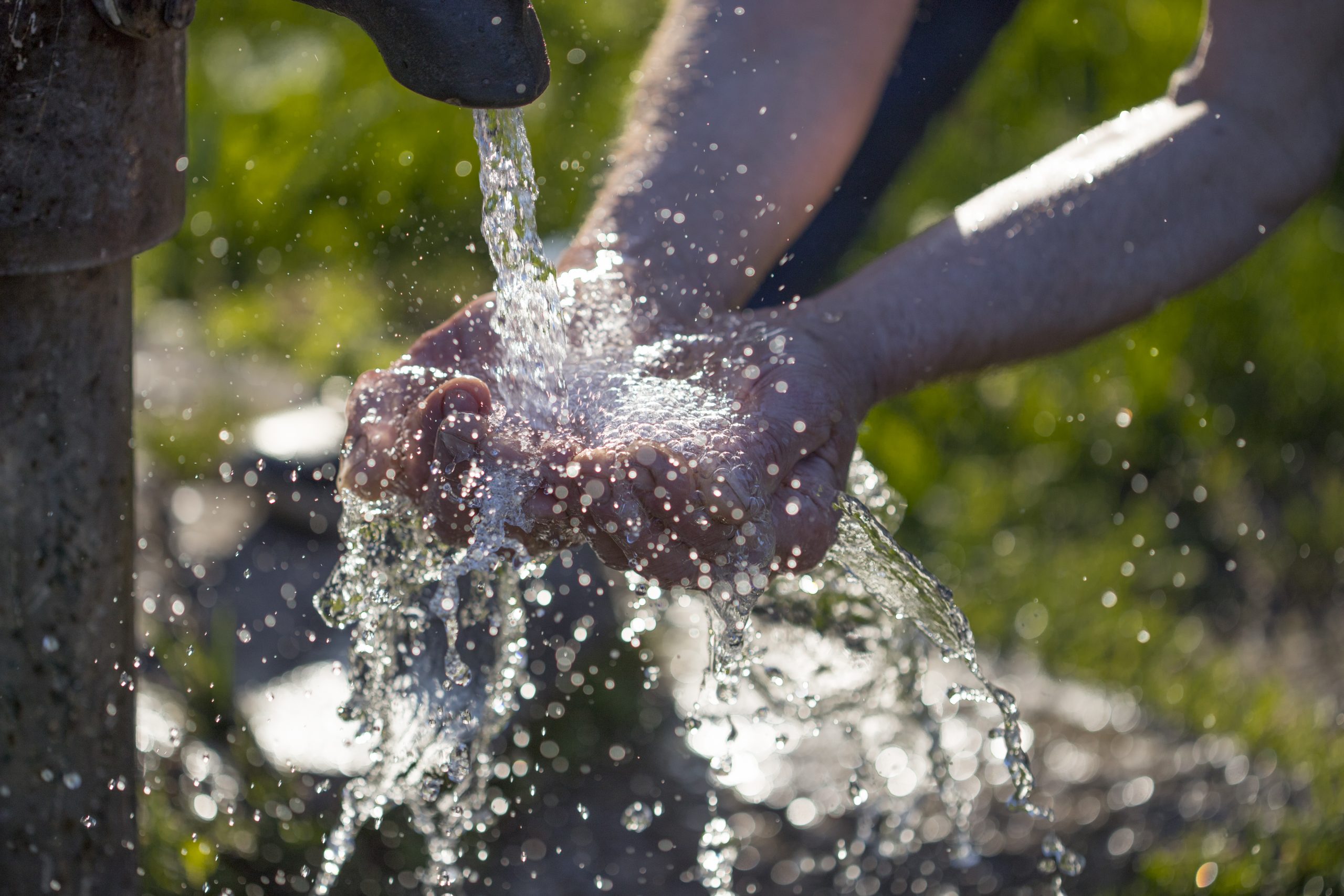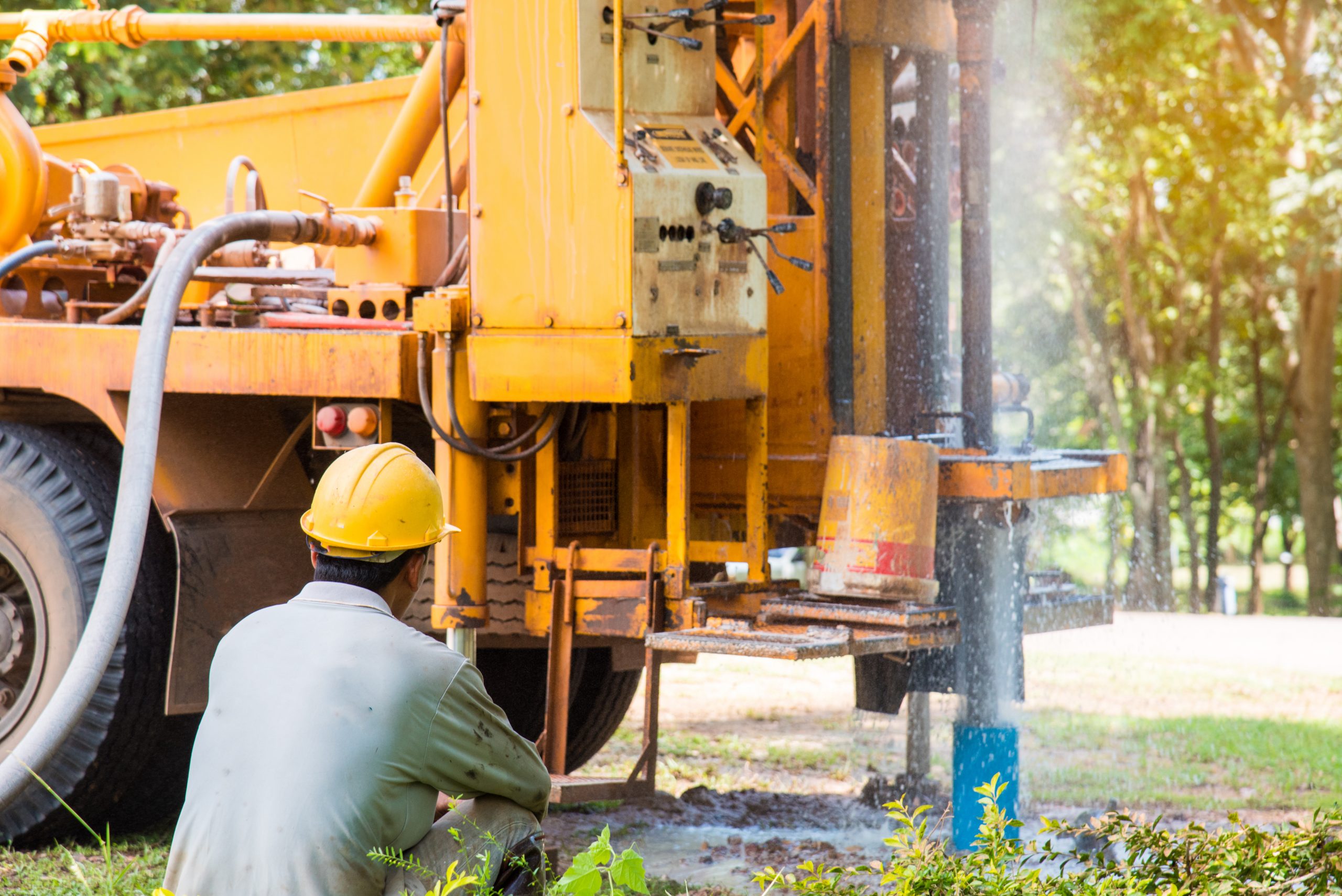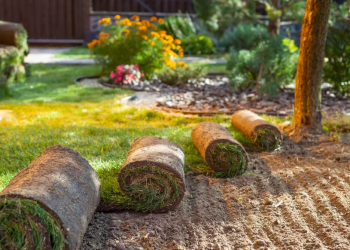Most modern residential wells provide excellent water quality year after year, with minimal maintenance. It’s even possible for some wells to operate continuously for many years with zero maintenance. Although it’s great to know that your well is sufficiently long-lasting, homeowners regret not having routine maintenance when their water well has finally broken down.
So, before it’s too late, give your water well the service and the maintenance it deserves. There are many reasons why a water well system fails prematurely. And, that’s what this article will provide you information for. Issues like bad pressure, construction, and many more will be tackled so you’ll be aware of what they are and how to prevent them. If you need help with your water well troubleshooting, read valuable information below.
Reasons For Premature Well Failure
There are many reasons why a well system malfunctions earlier than expected. Look at the following issues, and you might see the one that’s relatable to your water well:
1. Improper ‘Siting’
Selecting the right location for a water well requires extensive technical knowledge. It’s called ‘siting’ by engineers, which refers to the process of locating a water source and assessing its viability. Geologists must take into account the depth of the ground, the depth of the water table, the topography of the area, and the proximity to contaminated areas, such as outhouses, waste dumps, and grazing livestock, when choosing a site.
For example, groundwater around drilled wells is at risk of contamination if they’re situated too close to waste sources, such as human and animal excrement. In the event that the well is drilled in an area with inadequate water resources, the community will also suffer in the same manner. Occasionally, the chemical weathering of geology can cause the water to be unfit for consumption. The earth’s geology impacts the water’s tastes, looks, or odor, despite it still being safe for use.
Construction will not be able to fix many of these problems. This is why high-quality siting is critical to addressing all the challenges a well may face in the years to come.
2. Equipment Issues And Malfunctions
Pumps aren’t the only part of a well that distributes water into all areas of your home. Most likely, failures will occur within the electrical system or in the valves. Well control boxes generally allow for straightforward electrical repairs, and valves can be tested for sticking and easily replaced.
Another type of equipment to fail is the water supply line and pressure switches that run along with it. You can avail of well services that can detect and fix a leak that keeps water from reaching your home after a burst line. In the event of a failed pressure switch, water pressure is not enough to travel through the line, so the switch needs to be replaced.
3. Construction Issues
During the drilling process, several factors can result in water wells failing in the near term, and so it’s similarly crucial like siting. There are many variables to consider, including the depth of the well and the hand pump, the placements of the materials, and more.
There are seasonal fluctuations in groundwater. Communities with a well drilled at too shallow a depth to save costs may have a tough time pumping sufficient water when the water table lowers during the dry season. Inadequately constructed wells are also susceptible to failure early on due to low-quality materials.
To prevent these errors, the professionals conducting the work must have extensive technical knowledge and skill. Additionally, funding is necessary, as is the availability of high-quality building materials.
4. Depletion Of Water Source
You can significantly impact the quality and quantity of your water supply by how fast your well recharges with groundwater. Using water more quickly than the well can refill may explain why your water supply isn’t consistent throughout the day. A deeper well would’ve sufficed more.
During the summer months, if your well seems to dry up completely, it could be because of drought. You may need to put in a deeper well or move it to an area with a more reliable year-round water source.
5. Low Water Pressure
Many factors, like the following, can cause a low water pressure issue:
- Failing well pump
- Check valve that got stuck
- Impaired or broken ball valve
- Leaky pressure tank
When iron bacteria block the pipe nub going to the pressure switch, instances prevent it from sensing pressure correctly. A well containing high levels of iron bacteria may cause the pump and screen to get clogged up with the bacteria. The well can often be restored to better condition by cleaning it with a solution specifically designed to remove these unhealthy and dangerous bacteria.
The pressure in some well systems is usually set to 30 to 50 PSI. It may now be considered too low, considering the many modern houses and appliances. Sometimes, the pressure can be raised by turning on the pump at 40 to 50 PSI, and turning it off at 60 to 70 PSI, so that the water pressure would be appropriate for the entire household.
If the well pump and well can operate smoothly at this higher pressure, then the pressure switch can often be adjusted to accommodate it. When the pressure switch is changed, the air pressure inside the tank needs to be adjusted, too.
Companies, like EPP Well Solutions, will ensure that you have a well that has sufficient water pressure so you won’t have troubles later.
6. Inadequate Maintenance
Using a hand pump and water well over the years will wear them out, just like your other appliances and mechanical devices. The needs of local communities should be met through regular maintenance, reliable supplies, and emergency repair assistance. Well water should be treated on schedule to ensure quality.
This is when the operations and maintenance (O&M) comes in. The best-constructed hand pumps and water wells will break down prematurely if maintenance isn’t performed regularly and parts aren’t replaced with the proper frequency.
In developing nations, preventing well failure can be incredibly challenging. For communities to provide the service, trained mechanics must be available, there should be enough stocks for the spare parts, and they must be financially able to pay for it.
Hence, for those living in the countryside, contacting trained mechanics to perform significant repairs is difficult. Also, buying spare parts are often difficult to obtain due to distance. However, there are still possible solutions for such shortcomings. You may hire specialized services from well maintenance companies who can do specific repair and maintenance in your own location at a given rate.
7. Pump Failure
In case the taps no longer make any sound after leaving them open for some time, then this is an indication that there’s something wrong with your pump. Occasionally, mechanical failures occur, such as an old pump motor. A new pump is usually required in such cases.
Another common reason for pump failure is clogged, which is sometimes repairable. Pumps can become clogged with sediment and mineralization, especially if they’re working with hard water. It’s possible to fix the problem by removing the mineralization. It’s also common for pumps at the bottom of a well to clog during the summer when the water level in the well is lower, and it’s more exposed to debris and sediments found on the ground level. The residue may need to be cleaned out, and the pump may need to be raised slightly.
How To Prevent Well Failures
Preventing your well systems from failing would generally fall upon the construction and maintenance efforts that were put in place. Implement the following steps to ensure that you won’t ever have issues with your running water again:
- Pump And Water System
Even though the water level is standard in the well, sometimes, you still experience low pump production. Inspect the pump impeller for damage or a leak in the system. Make sure a licensed water well contractor checks the water pump and system.
- Mineral Scale Buildup
Inspect pumps and plumbing fixtures for scale formation. A downhole video camera can help you inspect for mineral buildup on the entire water well. Find out the incrustation potential of the water by calculating the Ryznar Stability Index.
A professional licensed in water well treatment should clean the well after determining the type of mineral scale. In addition to physical treatment, chemical or acid treatments may be used.
- Improper Well Construction
After well completion, sediments begin to appear in the water sometimes. Pumping doesn’t increase well production. To solve this issue, request a return visit from a licensed water well builder to assess and correct the construction problem.
- Over-pumping Of Well
Sediment is found in water, and this is a typical instance. The recommended discharge rate of a well at construction should be compared to the current rate. Install a flow restrictor if the rate of flow is higher than recommended. Adding storage if needed will allow you to handle peak water needs.
Conclusion
The following information in this article will ensure that your well water system is in perfect condition. Knowing the reasons for the failure and how to prevent them will result in a continuous supply of running water and improvement of the water quality in your home.
A well repair service can help you determine the cause of a problem with your well as soon as possible so that the problem can be fixed and you won’t have to suffer from having inconvenient ways to source out water.









